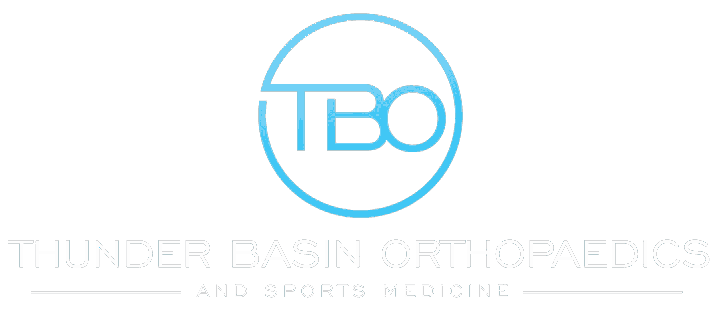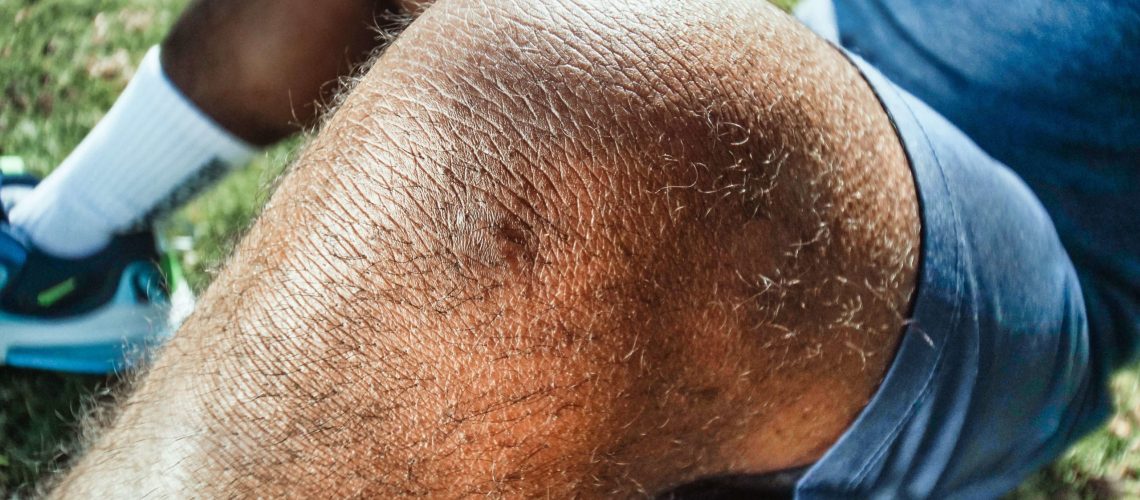Osteoarthritis is the most common type of arthritis, and the knee is often one of the most commonly affected joints. Most widely known as wear-and-tear arthritis, osteoarthritis in the knee happens when the natural cushioning between joints and the cartilage wears away. When this happens, it causes the joint surfaces to become rougher, causing the knee not to move as smoothly.
Our knee area is where the thigh and shin bones meet, and there is also a small bone at the front of the knee called the patella, also known as the kneecap. Our bodies experience a regular cycle of damage and repair during our lifetime; however, sometimes, our body’s process of repairing our joints can cause a change in their shape and structure, leading to osteoarthritis.
We will discuss who is at the highest risk for developing knee osteoarthritis, the symptoms, and the treatments available for knee osteoarthritis.
Contents
Who is at Risk?
Knee osteoarthritis can happen at any age, although it is most common in people over 50. Other risk factors include:
-
- Weight. Being overweight or obese causes extra stress on weight-bearing joints like your knees.
- Genetics. Some people inherit genes or genetic mutations from their parents that increase the risk of developing osteoarthritis.
- Gender. Women over 55 are more likely than men to develop knee osteoarthritis.
- Age. Our cartilage experiences wear and tear and does not heal as quickly as we age.
- Repetitive motion injuries. Some occupations that cause repetitive stress to the joints, like squatting, kneeling, or lifting heavy weights, will be more likely to develop knee osteoarthritis due to the constant strain on the knee joint.
- Sports. Tennis, soccer, or long-distance running can lead to knee osteoarthritis risk. Learning how to prevent sports injuries to avoid injuries is essential, and weak muscles around the knee can also lead to osteoarthritis.
- Contributing Illnesses. Individuals with rheumatoid arthritis, the second most common type, are more prone to developing osteoarthritis. People with certain metabolic disorders like excess growth hormone or iron overload also risk developing osteoarthritis.
Symptoms of Knee Osteoarthritis
The following the some of the symptoms that many people experience, including:
- Warmth in the joint area
- Pain that increases when active but decreases in intensity with rest
- Swelling in the knee area
- Stiffness in the knee, especially in the morning or after sitting for an extended period
- Mobility decreases, and it is challenging to get in and out of chairs, or cars, walk and use the stairs
- A crackling or creaking sound in the joints is heard with knee movement
Diagnosis of Osteoarthritis of the Knee
When you begin experiencing knee pain, consulting with an orthopedic doctor to examine you is best. Your doctor will look at your medical history and symptoms and may order additional testing such as x-rays showing cartilage, bone damage, and bone spurs. They may also order magnetic resonance imaging (MRI) scans if needed or blood tests to rule out any other issues that could be responsible for the pain, such as rheumatoid arthritis associated with the immune system.
Treatment of Knee Osteoarthritis
The goal of treatment is to relieve the pain and return mobility to improve your quality of life. While osteoarthritis is not curable, there are some things to help you, such as:
- Weight loss can significantly reduce knee pain from osteoarthritis, even if you only lose a small amount.
- Exercise can help strengthen the muscles around the knee, making the joint more stable and help decrease the pain. Stretching exercise can improve flexibility and knee joint mobility.
- Over-the-counter pain relievers, also known as NSAIDs, like ibuprofen(Advil, Motrin), acetaminophen (Tylenol), or naproxen sodium (Aleve) may be enough to alleviate pain. However, check with your doctor before taking any over-the-counter medications for more than ten days. If you do not find relief from OTC medicines, your doctor may prescribe another anti-inflammatory drug to help ease the pain in your knee.
- Injections of either hyaluronic acid or corticosteroids into the knee are an option if none of the above are helpful. Hyaluronic acid naturally occurs in the joint and is a type of lubricating fluid, and steroids are a potent anti-inflammatory drug.
- Alternative treatments may be effective for you, including acupuncture, topical creams containing capsaicin, supplements including glucosamine and chondroitin, hyaluronic acid, or SAMe.
- Support devices such as braces. The two main types of braces are “unloader” braces that weight off the knee affected by osteoarthritis and “support” braces that help provide support for the whole knee.
- Occupational or physical therapy is very beneficial, and physical therapists can help you strengthen muscles and improve the flexibility in your knee joint. Occupational therapists can help teach you how to do regular, daily activities like gardening or working around your house with less pain.
Surgical Options for Knee Osteoarthritis
If your orthopedic surgeon recommends surgery, the options are osteotomy, arthroscopy, and arthroplasty. Ask your doctor how to know when you need knee replacement surgery.
- Osteotomy is to help make the knee alignment better by changing the shape of the bones.
- Arthroscopy is done by making small incisions, removing damaged cartilage or loose particles, cleaning the bone’s surface, and repairing any damaged tissue.
- Arthroplasty is joint replacement surgery that can include the whole knee or just one side of the knee.
Thunder Basin Orthopaedics and Sports Medicine Is Here To Help You
At Thunder Basin Orthopaedics and Sports Medicine, our expert surgeons have extensive experience diagnosing, preventing,g and treating a wide range of sports injuries and medical conditions.
Contact us today to book an appointment, and we will get you started on the road to recovery!


